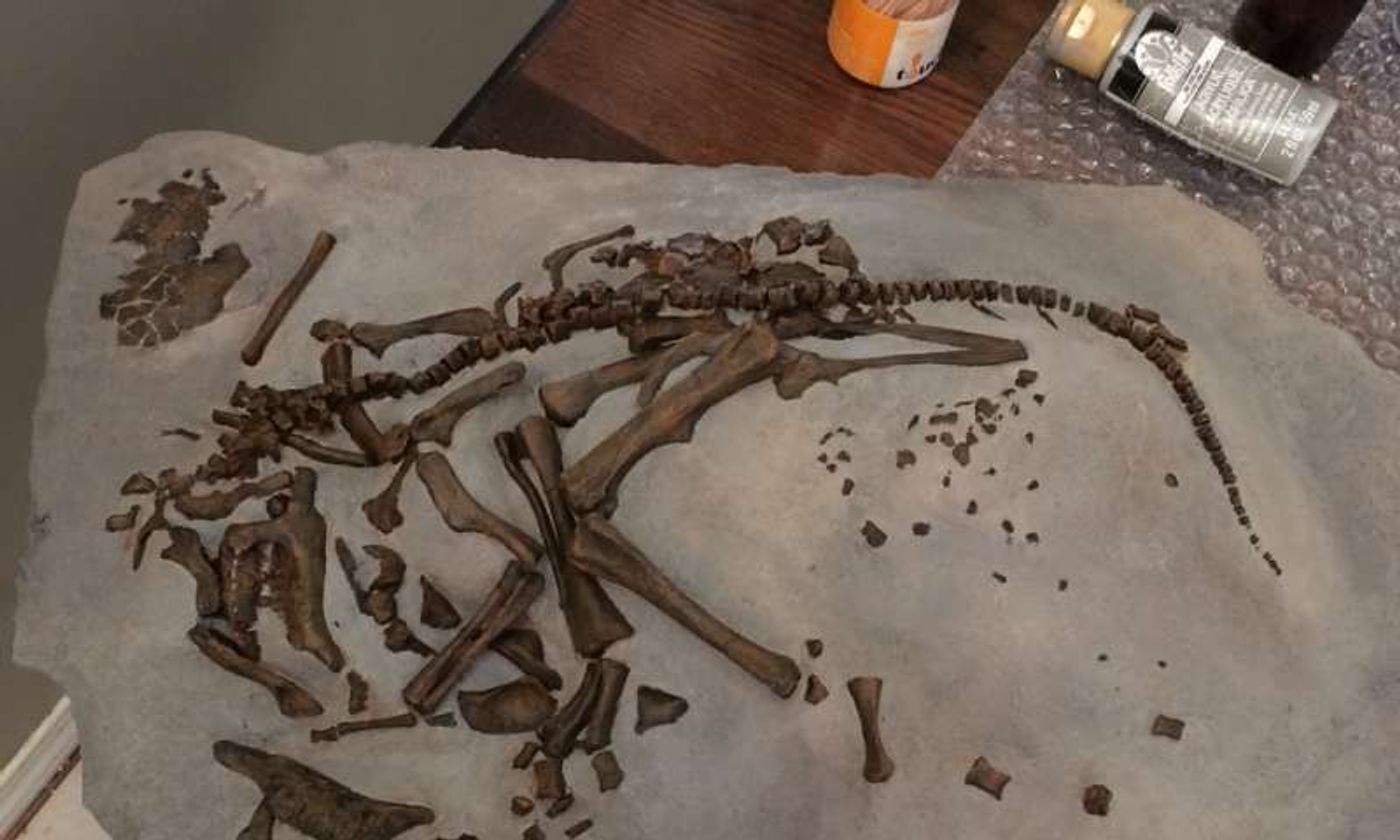New Study Into Dinosaur Eggs Reveals Extensive Incubation Times
Dinosaurs are a constant fascination because it seems that we continue to learn more and more about them with each fossil we discover. Each fossil tells an important story about how they may have looked and lived in the pre-historic era of the Earth, and the latest discovery is no different.
According to a report published in the Proceedings of the National Academy of Sciences (PNAS), there may have been anywhere from a 3-6-month incubation period for many of the eggs laid by dinosaur mothers, depending on the species of course. This estimate comes from data observed in fossils of dinosaur embryos.
Image Credit: Darla Zelinitsky
"Time within the egg is a crucial part of development, but this earliest growth stage is poorly known because dinosaur embryos are rare," study co-author Darla Zelenitsky, an assistant professor of geoscience at University of Calgary, said in a statement.
"Embryos can potentially tell us how dinosaurs developed and grew very early on in life and if they are more similar to birds or reptiles in these respects."
By examining the fossils’ jaws and teeth through a CT scan machine, the researchers were able to decipher special growth lines that appeared on the teeth, which allowed them to determine exactly how long these embryo fossils were living inside their eggs.
Gregory Erickson, one of the researchers, describes these special growth lines as similar to tree rings, as they can be used to help infer age.
Two different kinds of dinosaur embryos were examined: a Protoceratops and a Hypacrosaurus. For the former, it was found that three months was the magic number, while the latter pointed to six.
For what it’s worth, these incredibly long incubation times put dinosaurs at a severe disadvantage for development when compared to more modern species that were evolving, as it made the dinosaur eggs easy picking for predators. Such results could help explain why the dinosaurs went extinct.
"We suspect our findings have implications for understanding why dinosaurs went extinct at the end of the Cretaceous period, whereas amphibians, birds, mammals and other reptiles made it through and prospered," Erickson said.
The researchers also find that these primitive egg-laying ways are in many ways similar to modern reptiles, and that perhaps it’s possible to mutually learn from both egg-layers.
Source: Phys.org









